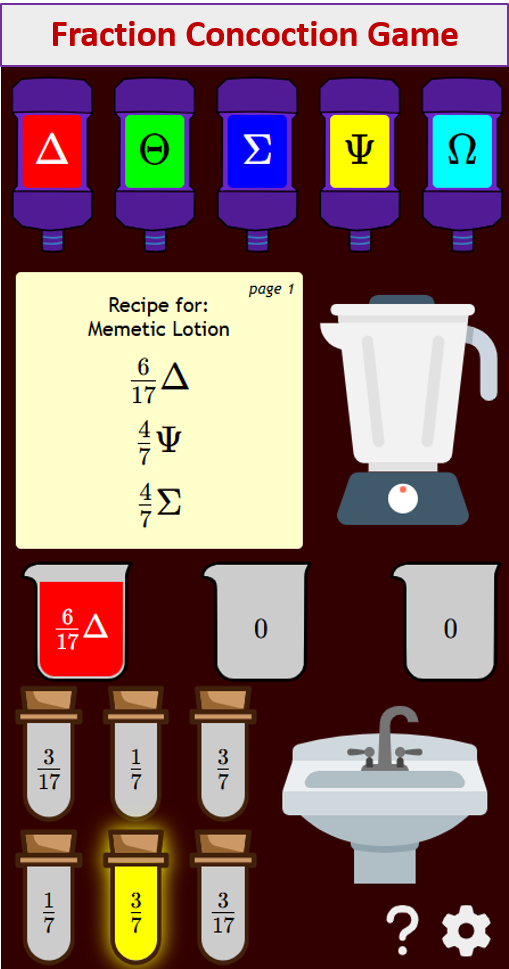AP Chemistry 2018 Questions And Answers
Questions And Worked Solutions For AP Chemistry 2018, Practice Exam
AP Chemistry 2018 Free Response Questions - Complete Paper (pdf)
2018 AP Chemistry Free Response #1
- A student performs an experiment to determine the value of the enthalpy change for the oxidation-reduction reaction represented by the balanced equation above. …
- A student investigates the reactions of nitrogen oxides. One of the reactions in the investigation requires an equimolar mixture of NO(g) and NO2(g), which the student produces by using the reaction represented above.
- Answer the following questions relating to Fe and its ions, Fe2+ and Fe3+.
(a) Write the ground-state electron configuration of the Fe2+ ion.
- The table above gives the molecular structures and boiling points for the compounds CS2 and COS.
(a) In terms of the types and relative strengths of all the molecular forces in each compound explain why the boiling point of CS2(l) is higher than that of COS(l).
- The ionization of HF(aq) in water is represented by the equation above. In a 0.0350 M HF(aq) solution, the percent ionization of HF is 13.0 percent.
- A student sets up a galvanic cell at 298K that has an electrode of Ag(s) immersed in a 1.0M solution of Ag+ and an electrode of Cr(s) immersed in a 1.0M solution of Cr3+ as shown in the diagram above.
- The complete photoelectron spectrum of an element is presented above.
(a) Identify the element.
Try out our new and fun Fraction Concoction Game.
Add and subtract fractions to make exciting fraction concoctions following a recipe. There are four levels of difficulty: Easy, medium, hard and insane. Practice the basics of fraction addition and subtraction or challenge yourself with the insane level.

We welcome your feedback, comments and questions about this site or page. Please submit your feedback or enquiries via our Feedback page.